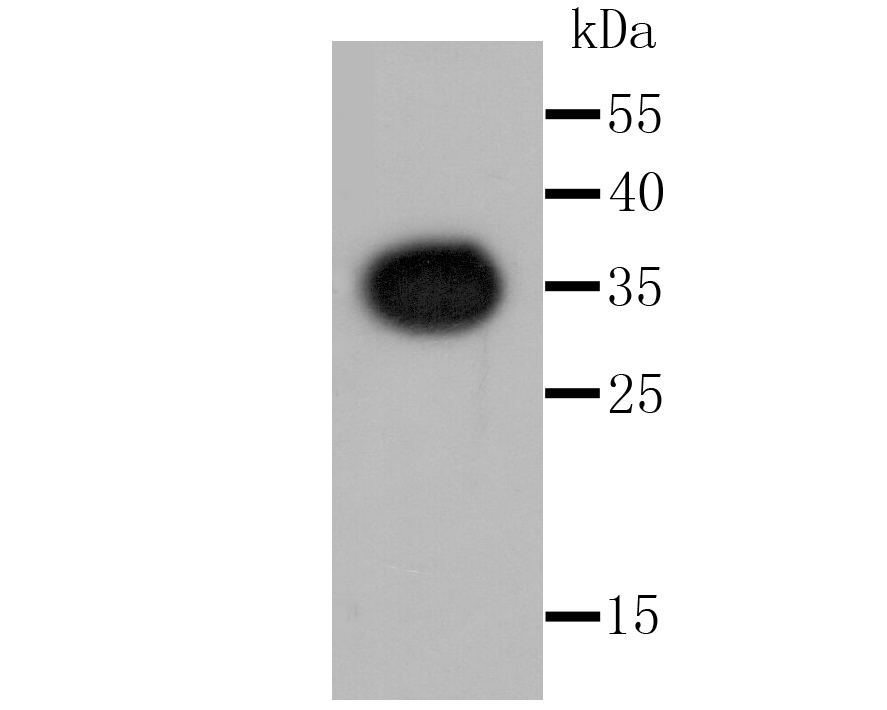Upon binding the substrate, the enzyme catalyzes an oxygenation, producing a very short-lived hydroperoxide that cyclizes into a dioxetanone structure, which collapses, releasing a CO2 molecule. The spontaneous breakdown of the dioxetanone releases the energy (about 50 kcal/mole) that is necessary to generate the excited state of the coelenteramide product, which is the singlet form of the monoanion. In vivo the product undergoes the process of nonradiative energy transfer to an accessory protein, a green fluorescent protein (GFP), which results in green bioluminescence. In vitro, in the absence of GFP, the product emits blue light.

